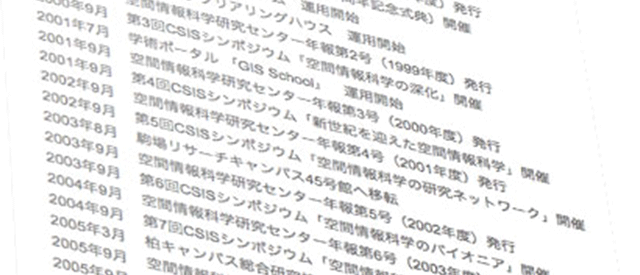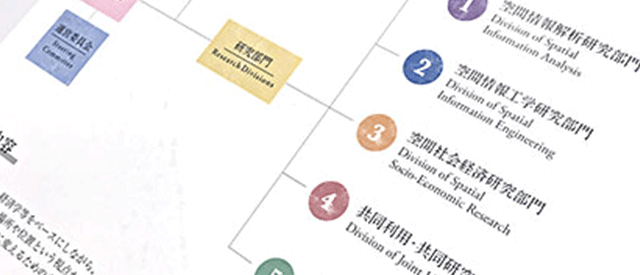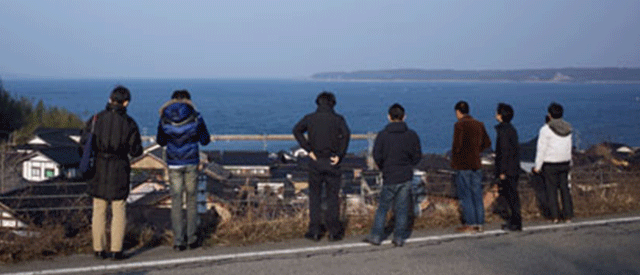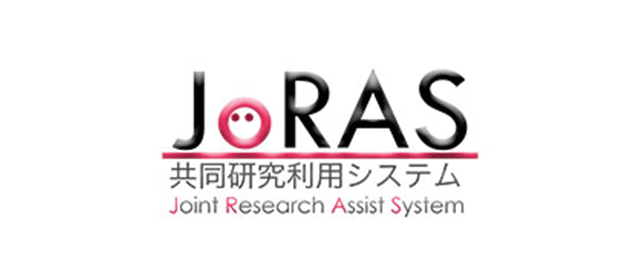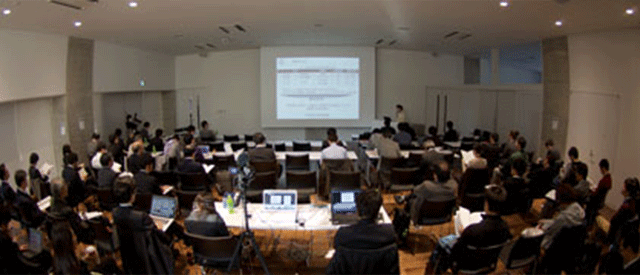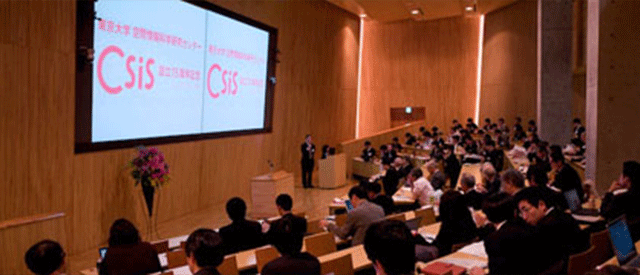Professor, Division of Spatial Information Analysis
Further information is available at http://oguchaylab.csis.u-tokyo.ac.jp/
Oguchi, T., Jarvie, H. P. and Neal, C. (2000): River water quality in the Humber Catchment: An introduction using GIS-based mapping and analysis. The Science of the Total Environment, 251/252, 9-26.
The regional water quality of the Humber catchment was mapped for key inorganic chemical determinands using a GIS system and an extensive Environment Agency and LOIS monitoring database. The resultant maps revealed the major factors affecting the general characteristics of regional water quality. Sewage inputs from industrial and domestic sources account for the high concentration of many determinands in urban areas. The concentrations of particulate components increase in tidal zones because of sediment trapping and tidal re-suspension effects. Some determinands also exhibit localized high concentrations related to coal mine drainage, soil pollution caused by past ore mining, bedrock geology, the agricultural use of fertilizers and the ingression of seawater into the estuary.
Oguchi, T. (2002): Geomorphology and GIS in Japan: background and characteristics. GeoJournal, in press.
Japanese geomorphology has historically adopted methods and concepts from research in western countries and applied them to landforms in Japan and the flow of information has, in the past, been very much unidirectional. This situation is becoming more balanced, with increasing activity of Japanese geomorphologists within the international research arena. Accordingly, many sub-fields of geomorphology in Japan are now making important contributions at the international scale. However, GIS applications in Japanese geomorphology have been more limited, at a time of rapid expansion of GIS in geomorphology within western countries. Although in some countries, technical and financial limitations might inhibit GIS popularization; this explanation cannot be applied to Japan, given the high level of technological resources within the country. It is suggested here that there are certain historical and cultural aspects of Japanese society, which may have contributed to delayed GIS propagation within Japan.
教授 空間情報解析研究部門
研究室ページ: http://oguchaylab.csis.u-tokyo.ac.jp/
デジタル標高モデル(DEM)とGISを用いた地形解析
DEMはGISの基本データとして古くから利用されてきたが,近年,高解像度のデータが普及し,GISの機能も発達したため,DEMを用いた多様な地形解析の可能性が高まっている.そこで,DEMの分析により地形の構造を明らかにし,それと地形形成過程や地形発達史との関連を検討している.最近は,日本や台湾の大起伏山地において,V次谷の斜面形態を広域について分析して法則性を抽出し,その原因を探るとともに,大崩壊地などの裸地を対象に解像度1~10 mのDEMを用いて水系網などの特性を分析し,斜面や谷で生じている地形変化との関係を検討している.
河川の土砂流出と水質に関する研究
日本と英国の公的機関が整備した水文データと,土地利用などの各種の地理情報をGISを用いて分析し,河川の土砂流出と水質に関する検討を行っている.特に関東~中部地域について,河川の浮遊土砂量の空間分布と経年変化を,流域の自然環境・人為活動と関連づけて検討している.また,イングランド東部に位置するハンバー川流域のデータを用いて,水質分布の地域性とその規定要因に関する統計解析を行っている.
人文現象と自然環境との関係に関する研究
現状の自然地理学と人文地理学はかなり分化した学問領域になっているが,本来の地理学では人文・自然現象の相互関係が重要な研究対象である.GISは人文・自然現象を等価なレイヤーとして並列的に扱う能力を持つため,GISを用いて人文現象と自然環境との関係を分析している.特に日本とネパールにおいて,人口の分布および変化と地形条件との関係を解析している.また,シリアやイタリアでの考古学的研究から明らかにされた人類史と,河川等による地形変化との関係を分析している.
学術雑誌の編集活動による学問分野への貢献
2003年より地形学の国際誌Geomorphology(Elsevier)のCo-Editor-in-Chiefを担当しており,現在他に4つの国際誌のEditorial Board Memberを担当している.この活動の過程で,GISの自然地理学的応用などに関する多数の論文を編集・査読しており,良い論文を出版するための支援活動を通じて当該分野の学問の発展に貢献している.



